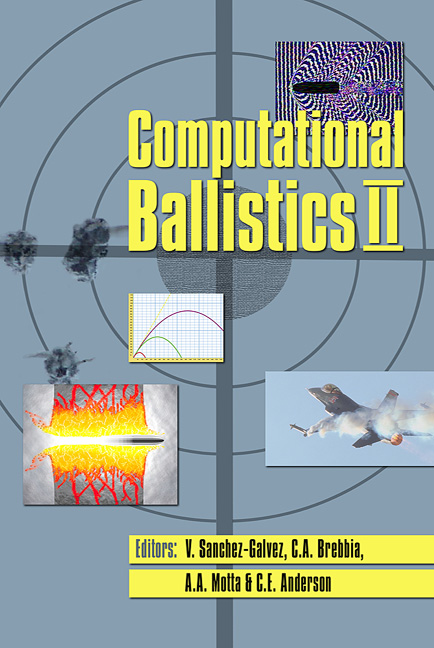Nonsteady Interior Ballistics Of Cylindrical-grain Solid Rocket Motors
Price
Free (open access)
Transaction
Volume
40
Pages
9
Published
2005
Size
307 kb
Paper DOI
10.2495/CBAL050271
Copyright
WIT Press
Author(s)
D. R. Greatrix
Abstract
A numerical model for the prediction of undesirable axial combustion instability symptoms in solid-propellant rocket motors is presented. The unsteady interior flow in the motor chamber, the oscillation of the surrounding structure of the propellant and motor casing, and the corresponding transient combustion process, are all incorporated within this model. The dynamic combustion process is modelled via the Zeldovich-Novozhilov solid-phase energy conservation approach, with a burning rate limiting function that allows for an applicable alignment with observed experimental combustion response characteristics of a given propellant. Example results from the overall numerical model are presented for cylindrical-grain motors having differing characteristics with respect to geometry and burning rate. Keywords: solid rocket motor, combustion instability, transient flow. 1 Introduction Research towards predicting and quantifying undesirable axial combustion instability symptoms in solid-propellant rocket motors (SRMs) necessitates comprehensive numerical models for interior ballistic simulation under dynamic flow and combustion conditions. An effective model combines the effects of the unsteady flow, the transient combustion process, and the structural dynamics of the surrounding propellant/casing structure. In the present investigation, a numerical model incorporating the above attributes is used in the prediction of the unsteady instability-related behaviour in cylindrical-grain motors. Pertinent key parameters, like the burning rate limiting coefficient set the in the Zeldovich- Novozhilov (Z-N) transient burning model (De Luca et al [1], Yang et al [2], Greatrix [3]) are varied in a series of test simulations, and evaluated for any
Keywords
solid rocket motor, combustion instability, transient flow.




